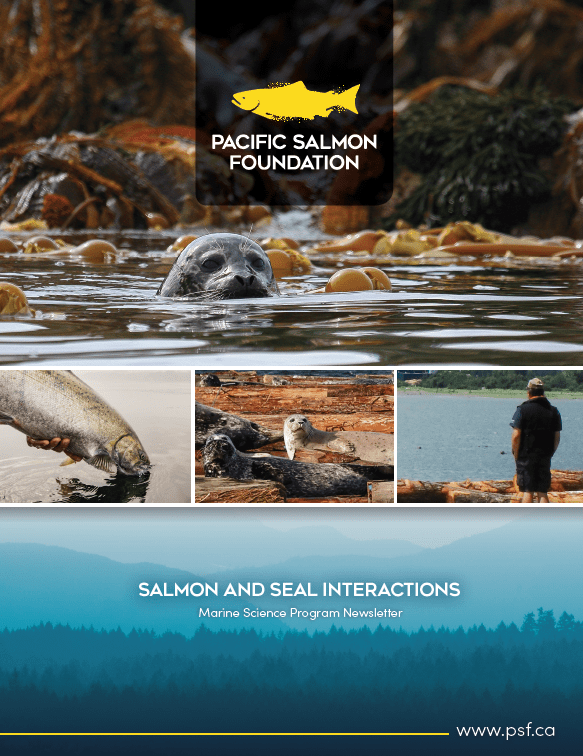Most anglers have a story of tussling with a seal over an adult salmon. But what about their impact on juvenile salmon?
Harbour seal abundance has increased seven-fold in the Salish Sea since receiving protection under the Marine Mammal Protection Act of 1972. Since then, there has been a lot of finger-pointing at seals backed by correlated declines in marine survival of Chinook, Coho and Steelhead. But, until now, there hasn’t been any concrete evidence that seals are a significant factor in salmon declines.
Seals: Taking a bite out of Salmon Survival
Although juvenile salmon only comprise a small component of the overall seal diet (roughly 2 – 5%), the high abundance of seals and the sheer volume they consume can result in a significant impact. In the Strait of Georgia, our Marine Science Program developed estimates that harbour seals are consuming between 37%-43% of all hatchery and wild juvenile Chinook, and 47%-59% of all Coho. While this is a big issue, harvesting these creatures is not necessarily a solution.
Salmon and seal interactions were studied in the Cowichan because a solid baseline of data already exists there. The study revealed some key findings:
- Log booms provide artificial feeding platforms enabling seals to leisurely target salmon without wasting energy on swimming
- Seals exhibit learned feeding behaviours such as targeting areas of the estuary and times when pulses of hatchery fish are being released. Staggering the timing of hatchery releases may lower the risk- our Hatchery Effectiveness Project is assessing the impacts of various release strategies on survival
- Seals will target pinch points to salmon migration where salmon are stuck and more vulnerable to predators. Our Bottlenecks Program is using PIT tag technology to track salmon as they migrate and will identify these barriers
- Seals actually prefer to eat calorie dense forage fish like herring and hake. However, Chinook switch to feeding on young herring during the summer and tend to be located in the same areas, putting the Chinook at greater risk. PSF is partnering with MABRRI, WWF, SeaChange Marine Conservation Society and citizens scientists to identify, improve and protect nearshore spawning habitat for forage fish
- Seals may be benefiting from the already weakened state of salmon caused by disease, contaminants and other stressors. So, if seals are removed from the ecosystem, another predator may move into take their place. PSF’s Salmon Health program is examining the cumulative stressors affecting salmon health and survival

To see results to date about how log booms may be facilitating seal predation on returning Chinook in Cowichan Bay, please read this newsletter.



